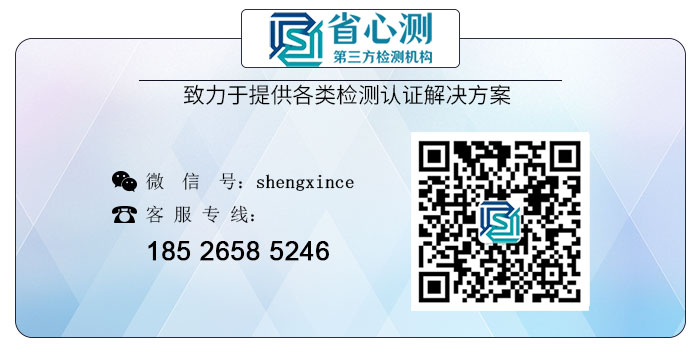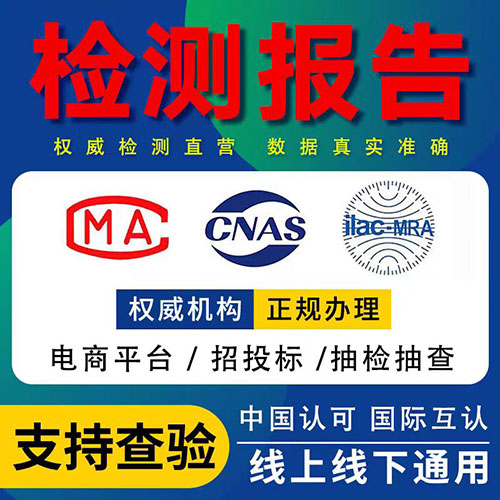rohs符合性声明英文版
ROHS符合性声明英文版
In today's world of advanced technology, electronic devices such as smartphones, laptops, and home appliances have become an integral part of our lives. However, the environmental impact of electronic waste has become a major concern around the world. This concern has led to the introduction of several environmental regulations, including the Restriction of Hazardous Substances (RoHS). RoHS is a directive that limits the use of hazardous substances in electronic and electrical equipment.
Introduction to RoHS Compliance
RoHS was introduced by the European Union (EU) in 2002 to reduce the environmental impact of electronic waste. The directive prohibits the use of six hazardous substances in electronic and electrical equipment. These substances include lead, mercury, cadmium, hexavalent chromium, polybrominated biphenyls (PBBs), and polybrominated diphenyl ethers (PBDEs). RoHS compliance ensures that electronic devices are manufactured in an environmentally-friendly way and disposed of safely.
Benefits of RoHS Compliance
RoHS compliance offers several benefits, including environmental protection, health and safety benefits, and cost savings for manufacturers. Compliance helps to reduce the amount of hazardous waste produced, preventing the release of hazardous substances into the environment. It also reduces the risk of toxic exposure to workers, leading to better health and safety outcomes. Manufacturers can also benefit from reduced costs associated with recycling and disposal of electronic equipment.
RoHS Compliance and Global Market Access
RoHS compliance has become a global standard, with several countries adopting similar regulations. Compliance with RoHS is required for products to be sold in the EU, but many countries outside the EU have also implemented RoHS-like regulations. These regulations include China's Administrative Measure on the Control of Pollution Caused by Electronic Information Products (ACPEIP), Japan's Act on the Promotion of Effective Utilization of Resources, and the US's Restriction of Hazardous Substances in Electrical and Electronic Equipment (RoHS 3).
RoHS Compliance and Product Design
RoHS compliance requires manufacturers to rethink their product design processes. Companies must ensure that their products do not contain hazardous substances, which can be challenging for some industries. Product design must also consider the environmental impact of the manufacturing and disposal processes. Manufacturers may need to make investments in new materials, processes, and equipment to comply with RoHS regulations and stay competitive in the market.
Conclusion
RoHS compliance is an important environmental regulation that aims to reduce electronic waste and protect human health. Compliance with RoHS regulations offers benefits to both manufacturers and consumers, including improved environmental performance and better health and safety outcomes. As RoHS adoption has become a global standard, companies need to comply with RoHS regulations to access global markets. By implementing RoHS regulations, manufacturers can ensure that their products are environmentally-friendly, safe, and cost-effective.


 有样品要送检?试试一键送检,15分钟极速响应
有样品要送检?试试一键送检,15分钟极速响应



